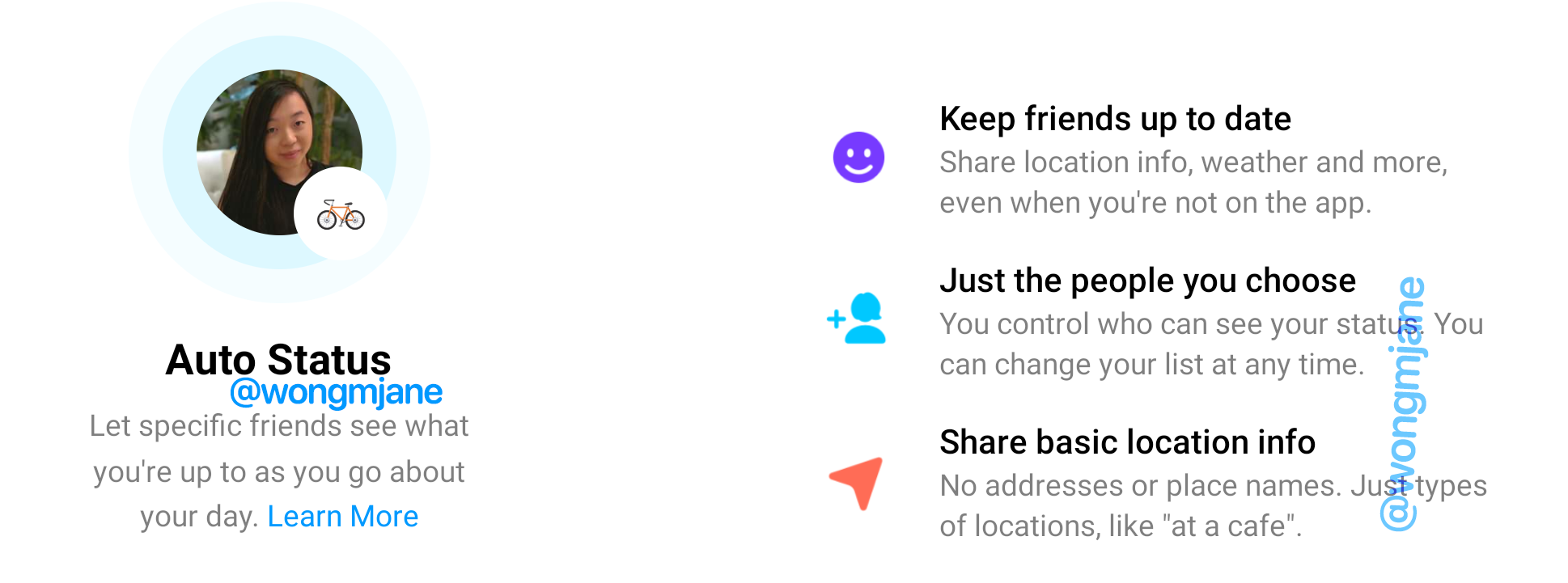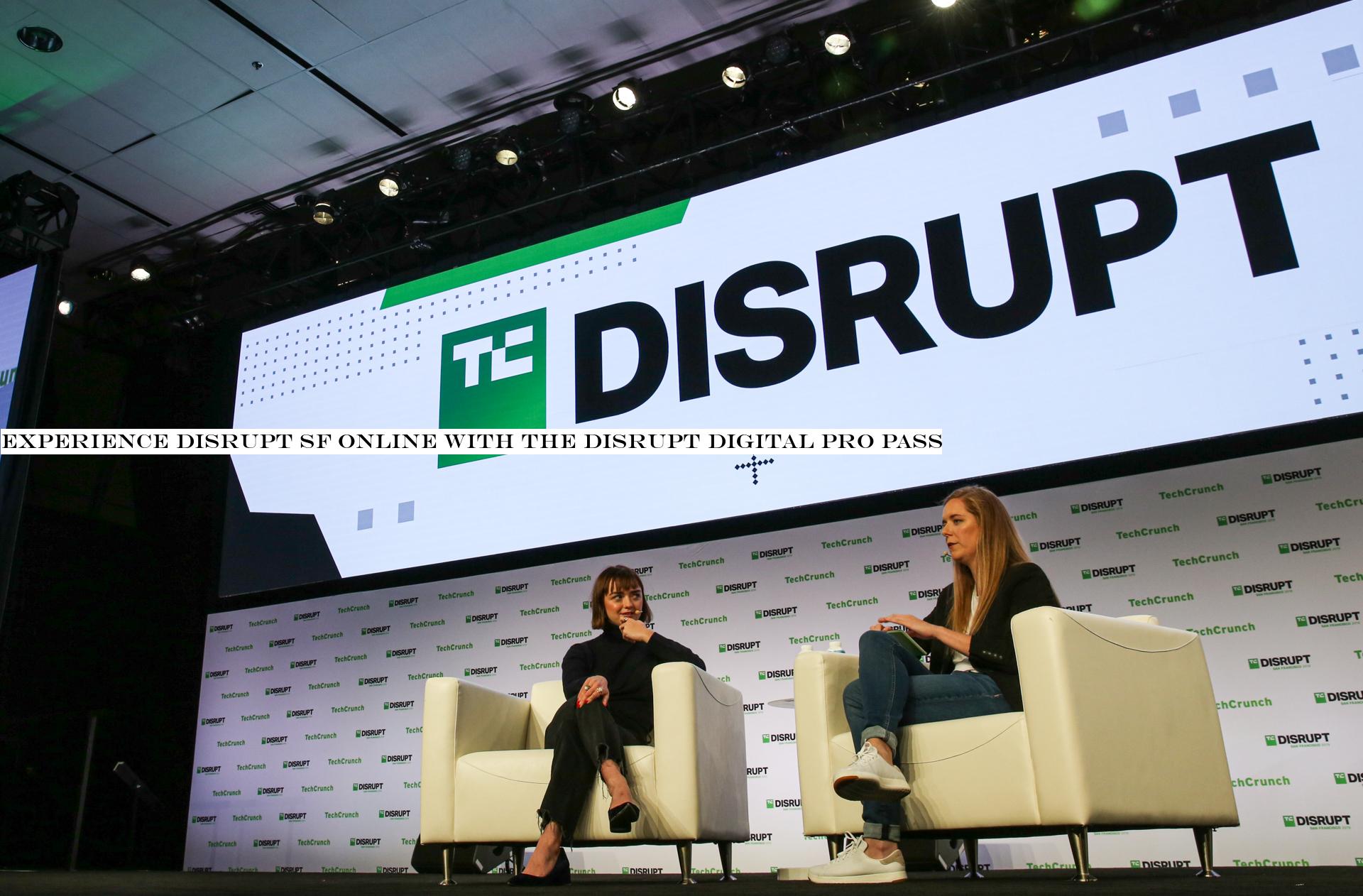
When Rebecca Minkoff first moved to New York City, the then-18-year-old was making $4.75 an hour.
&I just kept working for this designer and someone was telling me what to do every day. I just didn&t like that. And I thought if I&m going to work as hard, itgoing to be for myself and I want to call my own shots,& she said. &I didn&t want to be told what to do, frankly.&
Self-employment for Minkoff turned out just fine; in 2001, she redesigned the iconic &I Love New York& shirt and it appeared on The Tonight Show. After a shout-out from Jay Leno, Minkoff spent the next eight months making T-shirts on the floor of her apartment and quit her job to start designing full time.
We caught up with Minkoff to learn more about how she grew her brand into a global fashion company with the help of her brother, her problem with the unicorn mentality and why she thinks the &invisible barrier& is the future of retail tech.
This interview was edited for brevity and clarity.
TechCrunch: What gave you the energy and drive to become an entrepreneur?
Rebecca Minkoff: Long story. My mom would sell these cast covers, like decorative covers for people with broken arms at the flea market. And I was like, I am going to have a booth here. So I made all these tie-dye shirts and no one bought anything but it was just this idea of like, I can make something I can sell. My mom always taught that. When I wanted a dress, she taught me how to sew a dress instead of buying the dress. And so, I just got this bug for creating things out of nothing.
The constant thread was, &I&m not going to pay for this. You&re going to learn how to do it.&
- Details
- Category: Technology Today
Read more: Rebecca Minkoff has some suggestions for e-commerce firms right now
Write comment (97 Comments)Amazon, the e-commerce giant that has fared well financially amid the COVID-19 pandemic, is facing a bevy of worker strikes. Today, warehouse workers on Staten Island in New York walked off the job in protest of Amazontreatment amid the crisis.
&Like all businesses grappling with the ongoing coronavirus pandemic, we are working hard to keep employees safe while serving communities and the most vulnerable,& an Amazon spokesperson told TechCrunch. &We have taken extreme measures to keep people safe, tripling down on deep cleaning, procuring safety supplies that are available, and changing processes to ensure those in our buildings are keeping safe distances. The truth is the vast majority of employees continue to show up and do the heroic work of delivering for customers every day.&
In solidarity with warehouse workers, tech workers at Amazon are demanding the company provide fully paid family leave for people who miss work, provide fully paid leave to all Amazon workers, close facilities immediately following contamination, ensure full paid leave for workers whose jobs are impacted by such closures and ensure everyone has unlimited time to take care of their health.
&Recognizing the urgency of the moment, tech workers are going beyond asking Amazon to take action and are pledging not to work for Amazon if it fails to act,& the DC Tech Workers Coalition wrote in a petition. &We also pledge to ask organizations in our communities such as universities and conferences to not accept Amazon as a sponsor or participant in events.&
Meanwhile, workers at Whole Foods, which is owned by Amazon, are organizing a &sick out& strike tomorrow to demand better protections on the job, Vice reports.
According to Vice, Whole Foods workers will call in sick tomorrow and demand paid sick leave for those who stay at home or self-quarantine during the pandemic. They will also demand free coronavirus testing for employees and hazard pay.
Led by group Whole Worker, the sick-out was originally planned for May 1, but was moved up in response to reports that workers have started getting sick and testing positive for COVID-19.
&As this situation has progressed, our fundamental needs as workers have become more urgent,& the group wrote on its campaign page. &COVID-19 poses a very real threat to the safety of our workforce and our customers. We cannot wait for politicians, institutions, or our own management to step in to protect us.&
This action will come one day after Instacart workers are refusing to shop and deliver groceries until the company meets their demands. Shoppers& current demands are offering hazard pay of $5 extra per order, changing the default tip to 10%, and extending the sick pay policy to those who have a doctornote for a pre-existing condition that may make them more susceptible to contracting the virus.
&For the sake of public health and worker safety, every non-union grocery worker must speak out,& United Food and Commercial Workers International Union President Marc Perrone said in a statement. &If Amazon, Instacart, and Whole Foods are unwilling to do what is right to protect their workers and our communities, the UFCW is ready to listen and do all we can to help protect these brave workers from irresponsible employers who are ignoring the serious threat posed by the rapidly growing coronavirus outbreak.&
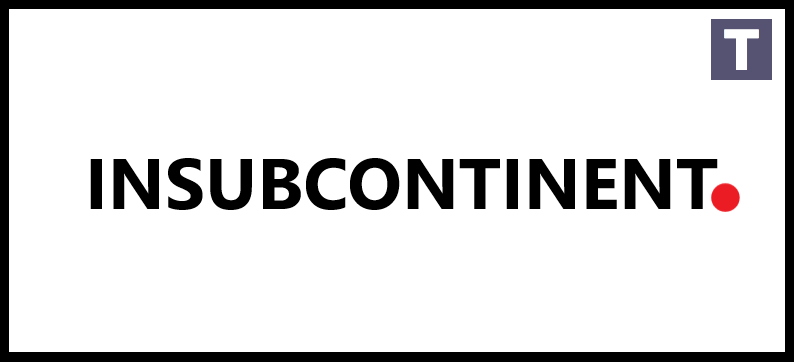
- Details
- Category: Technology Today
Read more: Amazon warehouse workers are walking out and Whole Foods workers are striking
Write comment (94 Comments) #AmazonStrike #WhatWeNeed pic.twitter.com/z0mrUWmPfw
#AmazonStrike #WhatWeNeed pic.twitter.com/z0mrUWmPfw (@MaketheRoadNY) March 30, 2020
(@MaketheRoadNY) March 30, 2020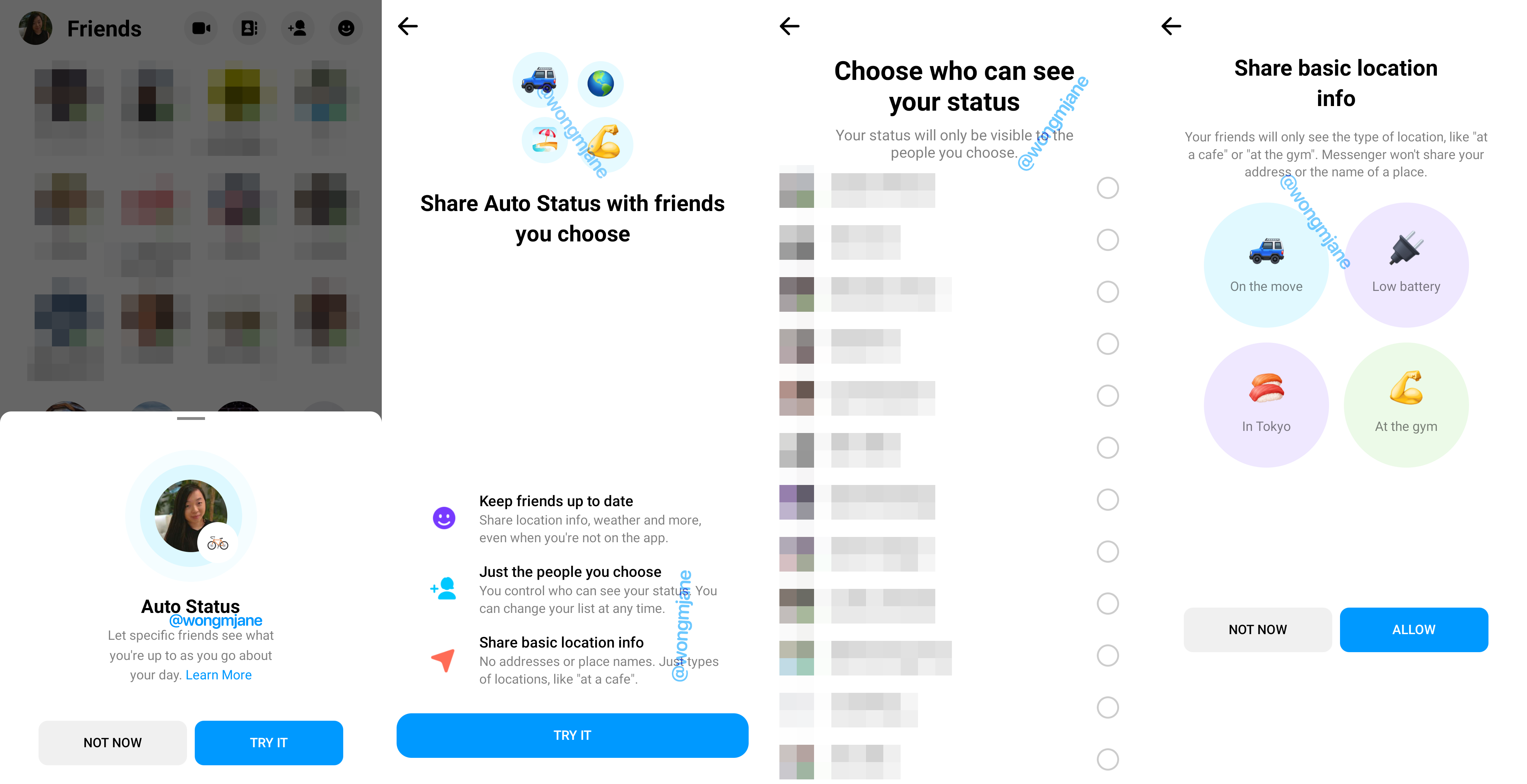
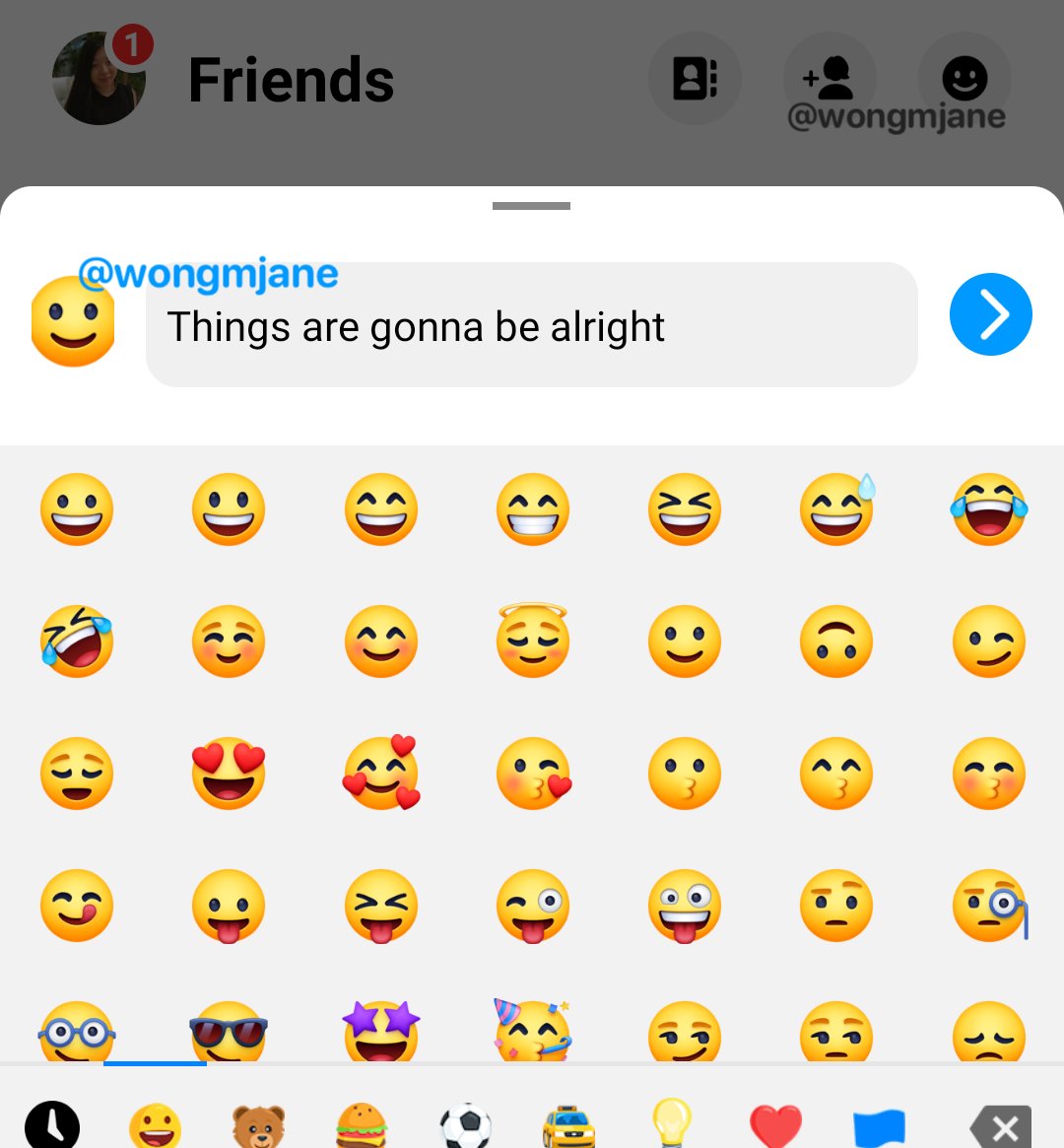
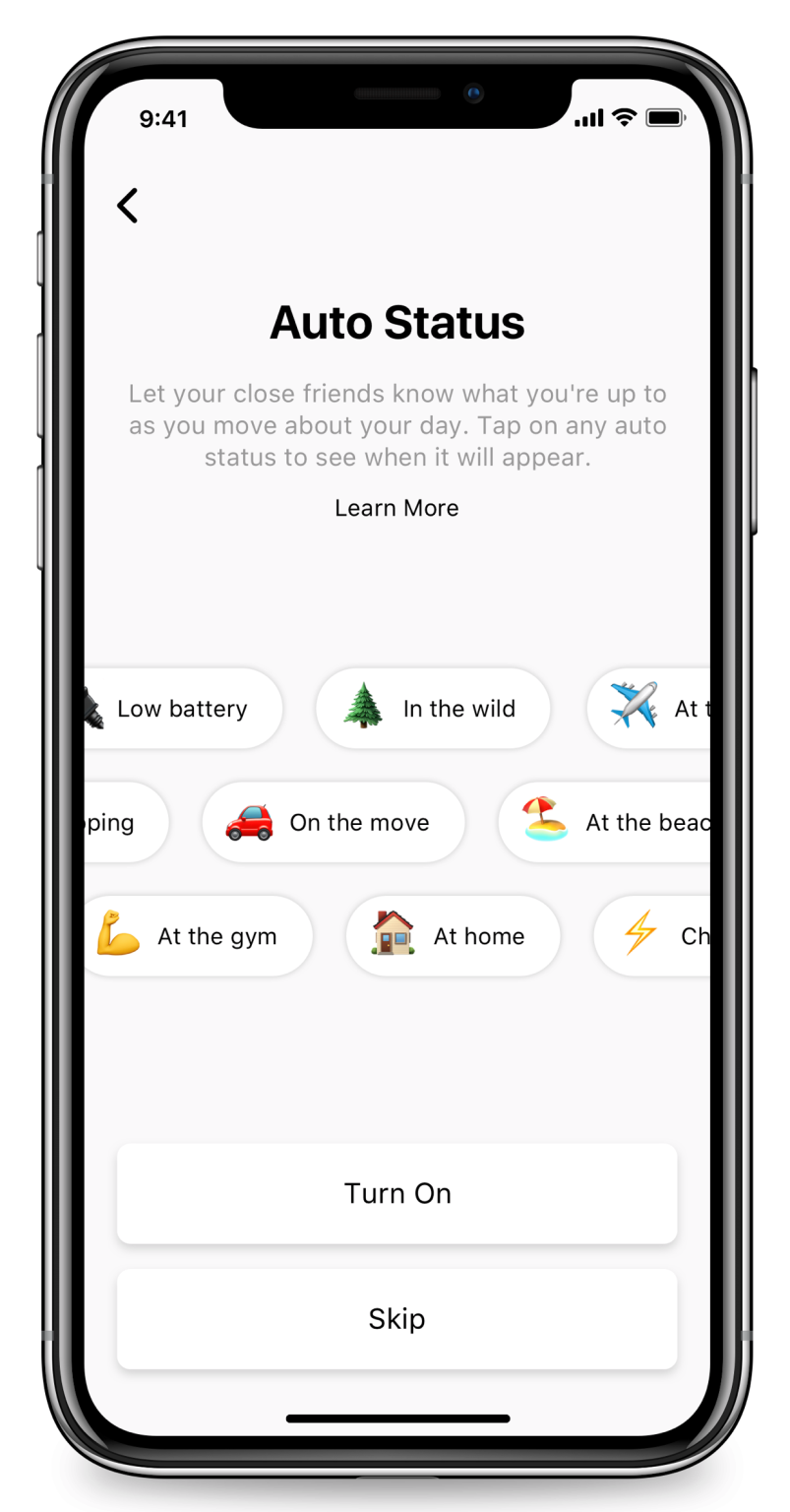 Then earlier this month, reverse engineering master and constant TechCrunch tipster Jane Manchun Wong revealed a new, unreleased version of Emoji Status hidden in MessengerAndroid code. Then today, Wong showed off how she similarly spotted Facebook trying to port Auto Status to Messenger. That would bring the feature to more than one billion monthly users compared to the relatively small base for Threads.
Then earlier this month, reverse engineering master and constant TechCrunch tipster Jane Manchun Wong revealed a new, unreleased version of Emoji Status hidden in MessengerAndroid code. Then today, Wong showed off how she similarly spotted Facebook trying to port Auto Status to Messenger. That would bring the feature to more than one billion monthly users compared to the relatively small base for Threads.